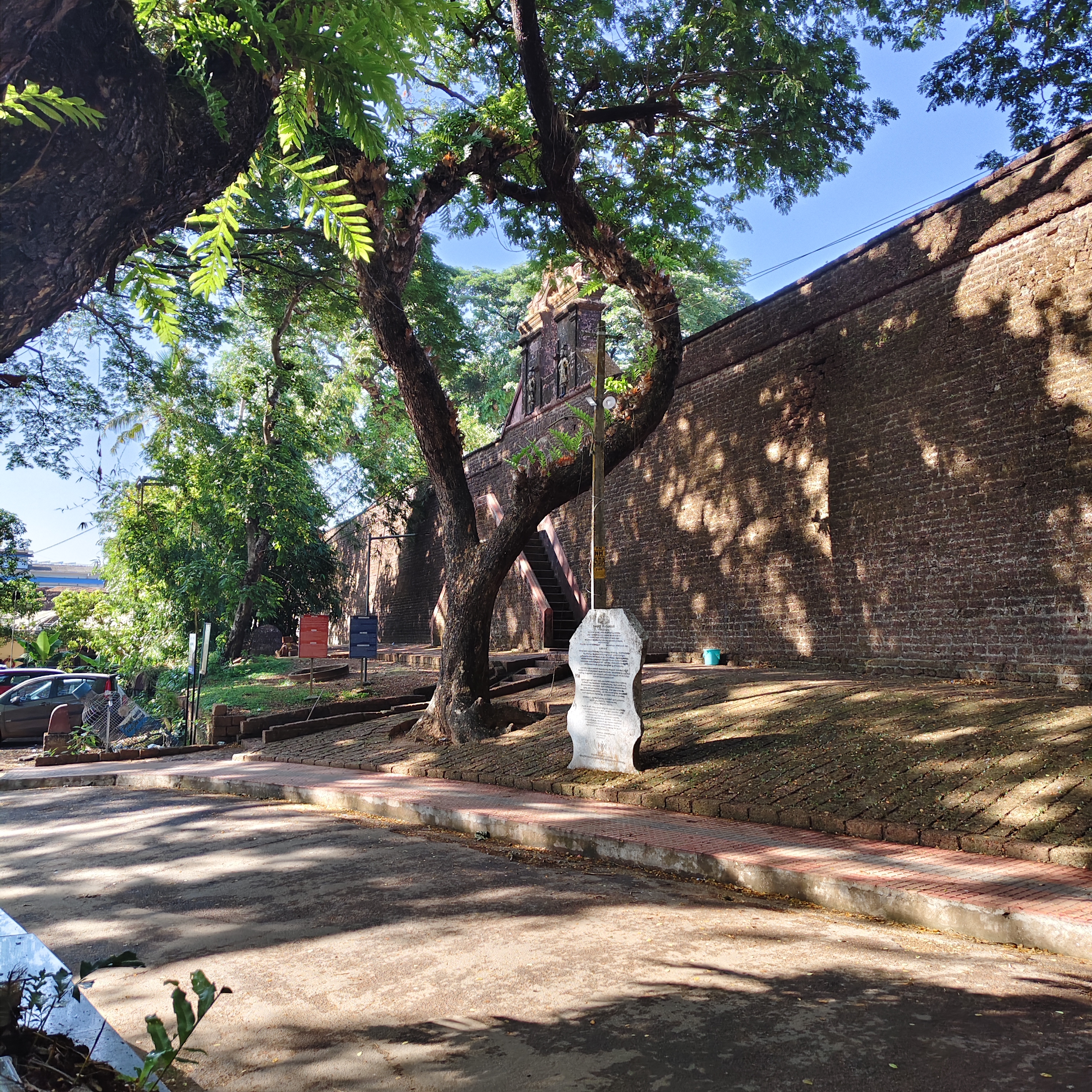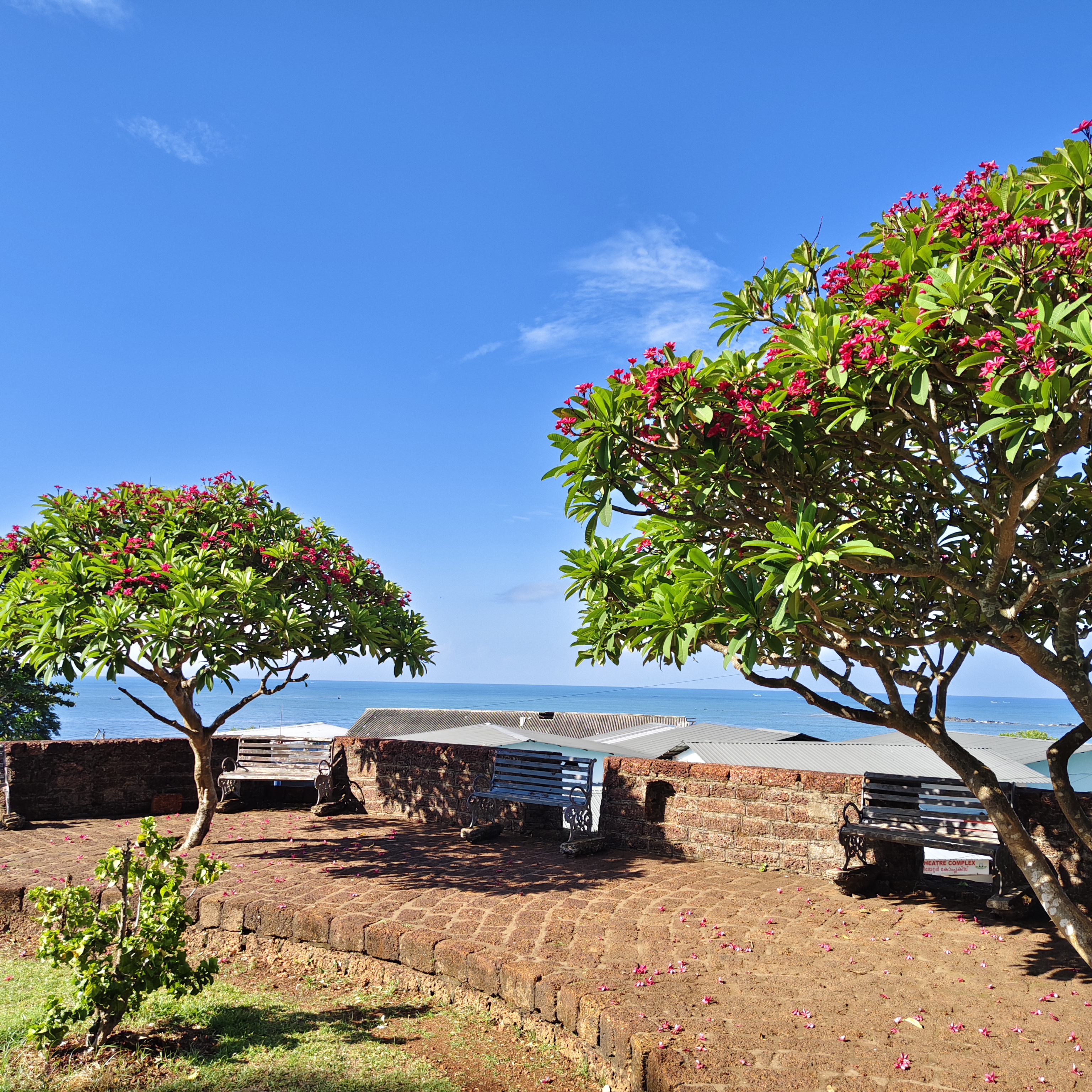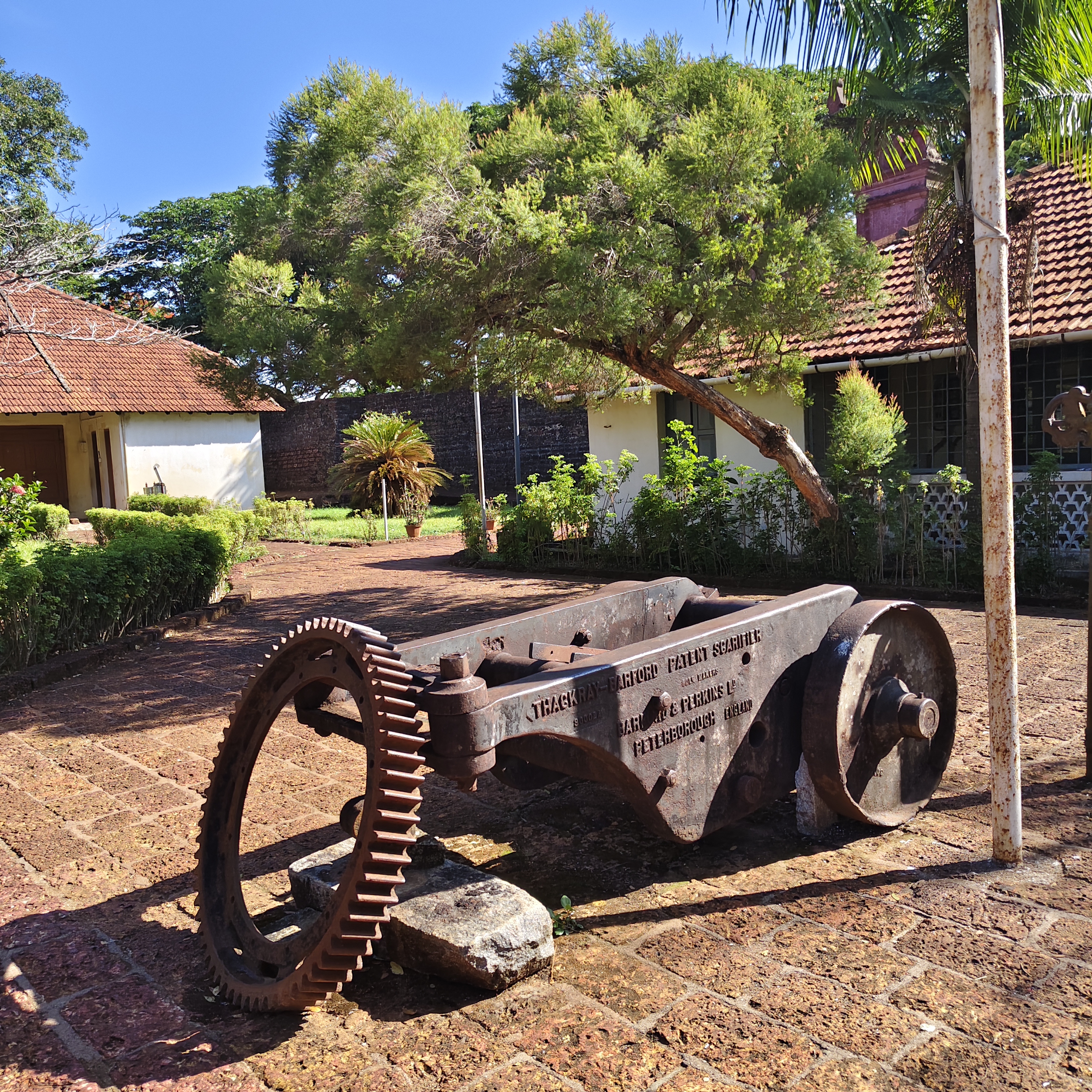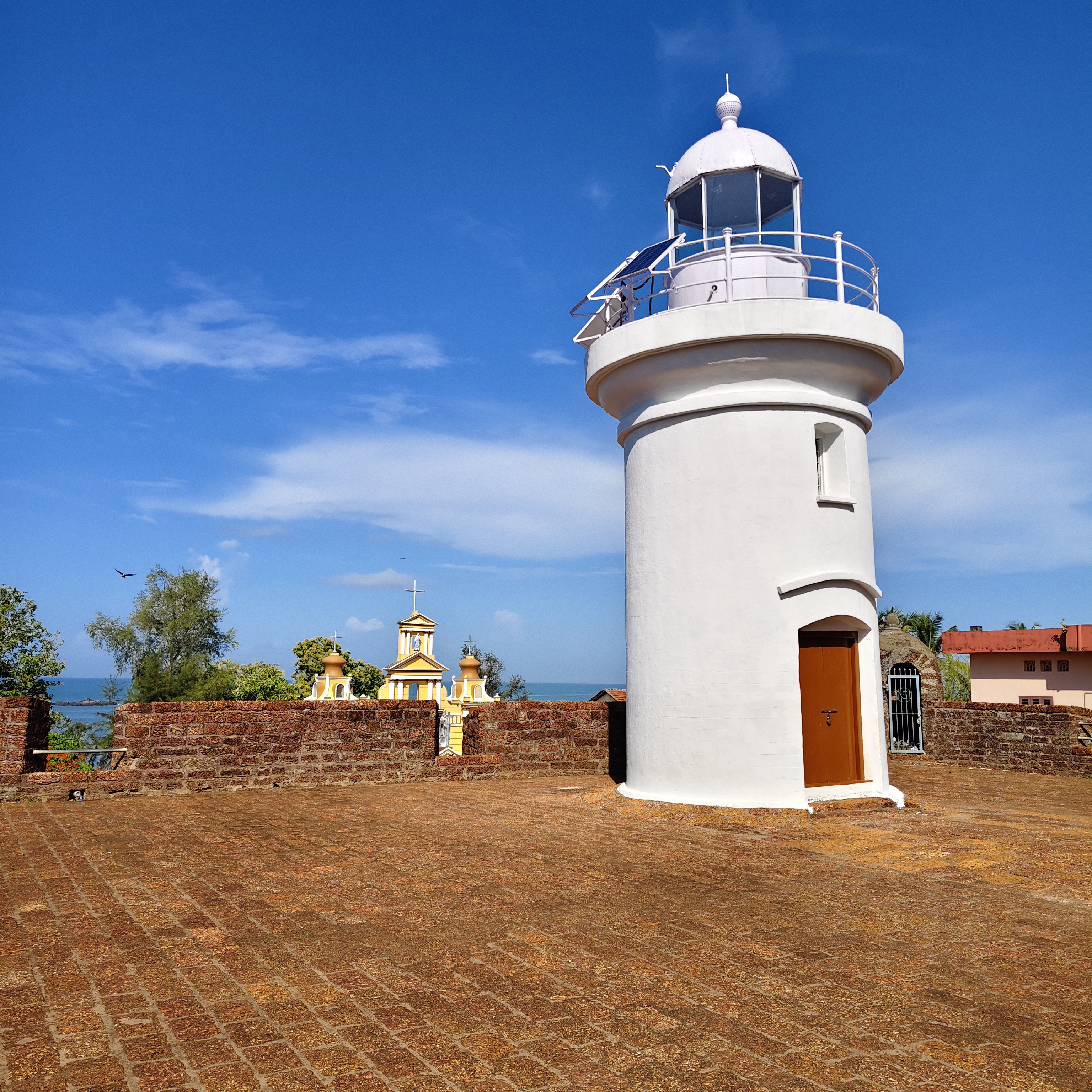Thalassery Fort: Colonial Stronghold, Trade Gateway, and Symbol of Resistance

Thalassery Fort, constructed in 1708 by the British East India Company, stands on the rocky shores of the Arabian Sea in northern Kerala as a sentinel of colonial expansion. This coastal fortress, made of laterite stone, was strategically positioned to oversee maritime trade and project military authority. The fort was more than a defensive structure—it was a multifaceted outpost used to consolidate power, regulate commerce, and influence the socio-political landscape of Malabar.
Origins and Strategic Significance
Originally established as a wooden factory (trading post) in the late 17th century, the British transformed the site into a fortified structure by 1708 to counter growing Dutch and local opposition. Its location atop a rocky promontory gave it an unobstructed view of the Arabian Sea, allowing early detection of approaching vessels and defense against coastal threats.
Historian K.K.N. Kurup notes, "Thalassery Fort was the cornerstone of British strategy in Malabar, not just for military operations but for controlling spice exports and asserting colonial order across the region" (History of the Tellicherry Factory, 1986).
Trade and Economic Control
The fort quickly became the administrative and commercial hub for British operations in northern Kerala. Tellicherry, the town surrounding the fort, emerged as a key trading centre for pepper, cardamom, cinnamon, and other valuable commodities. Inside the fort, warehouses stored vast quantities of spices and goods before export. The British even operated a mint within the compound for issuing currency, further asserting economic control.

The fort's proximity to other European settlements, such as the French outpost at Mahé, added to its strategic relevance. British dominance in the region was solidified through not only military means but also through commercial monopolies enforced from within the fort’s walls.
Resistance and the Role of Pazhassi Raja
While the fort represented colonial control, it was also a target of resistance. Kerala Varma Pazhassi Raja, the ruler of Kottayam in Malabar and a prominent figure in early anti-colonial resistance, actively opposed British expansion. Though his direct operations were concentrated in Wayanad and the hilly interiors, the Thalassery region did play a role in the broader conflict.
During the First Pazhassi Revolt (1795–1797), Thalassery Fort served as a crucial British supply and coordination base. British troops and reinforcements, as well as arms, were routed through this fort to counter the guerrilla tactics employed by Pazhassi Raja’s forces. According to the Malabar Manual by William Logan (1887), "The fort at Tellicherry became a forward operating base during the prolonged engagements with the Kottayam chieftain."
While there is no direct evidence of Pazhassi Raja launching an attack on Thalassery Fort itself, the site was a logistical nerve center in the suppression of his rebellion. Local communities in and around Thalassery also participated in smaller, decentralized resistance movements inspired by his defiance.
The Road Scarifier: Industrial Heritage Inside the Fort
A lesser-known but fascinating feature of the fort is the presence of a colonial-era road scarifier—an iron contraption used in road building. This scarifier, preserved near the fort’s interior wall, is a relic of British infrastructural endeavors in Kerala during the 19th century.

A road scarifier functions by churning up the hardened surface of roads using toothed blades, allowing new material to be laid efficiently. It was drawn by animals or operated manually using gear levers and rotating arms. This particular machine highlights the engineering priorities of the colonial government, emphasizing mobility and resource extraction across the rugged terrain of Malabar.
According to archival records maintained by the Archaeological Survey of India, "The road scarifier at Thalassery Fort is one of the few surviving specimens in South India and offers insight into the logistical systems that supported colonial rule."
Preservation and Contemporary Relevance
Today, Thalassery Fort is maintained by the Archaeological Survey of India and is open to the public. It continues to draw historians, students, and tourists interested in understanding Kerala’s colonial past. The thick laterite walls, secret sea tunnels, and historical exhibits within its museum all contribute to an immersive experience.

More than a static monument, Thalassery Fort is a living chronicle of shifting powers, contested narratives, and cultural intersections. It reflects the layers of economic ambition, strategic warfare, and native resistance that shaped Kerala’s trajectory under British imperialism.
As historian M.G.S. Narayanan once remarked, "The forts of Malabar were more than fortresses—they were ideological markers of domination and defiance."
References
- Archaeological Survey of India (ASI). Thalassery Fort Conservation Notes, 2018. Available via the official ASI Kerala Circle: https://asi.nic.in
- M. Krishnan Nair. “Engineering the Empire: Colonial Infrastructure in South India.” Indian Historical Review, Vol. 35, 2008. New Delhi: Indian Council of Historical Research.
- British Library. Industrial Heritage Collections: Machinery and Engineering Records. London: The British Library Archives. https://www.bl.uk/collection-guides/india-office-records
- Archaeological Survey of India. Thalassery Fort Monuments Record, 2018. Government of India Publication.
- Archaeological Survey of India. Annual Conservation Report, 2021. ASI Kerala Circle Documentation, available at https://asi.gov.in
- Indian National Trust for Art and Cultural Heritage (INTACH). Forts of Malabar: A Heritage Study, 2020. New Delhi: INTACH Heritage Division. https://intach.org
- Kerala Sahitya Akademi. Studies on Colonial Monuments in Kerala, Thrissur, 2019.
- M.G.S. Narayanan. Cultural Symbiosis in Kerala. Trivandrum: Kerala Historical Society, 1972.
- Kerala Tourism Department. Heritage Monuments of Kerala, 2023. https://www.keralatourism.org